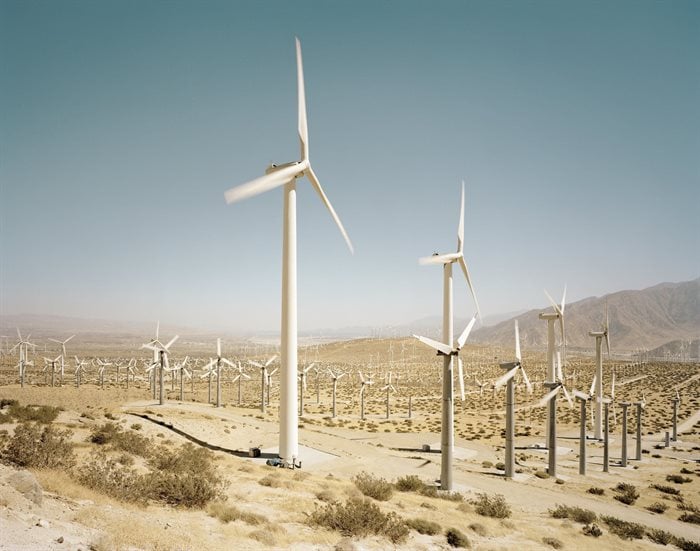
Related





SAWEA NQF Level 3 Wind Turbine Operator Skills Programme key to address unemployment
Morongoa Ramaboa 20 May 2025

Top stories






More news
















In his opening remarks, GWEC CEO Ben Backwell noted that in order to meet global net-zero targets, the wind industry needs to be 10 times bigger than it currently is in terms of cumulative installations by 2050. While 2021 came very close to the record year achieved in 2020, it still fell short of industry expectations.
Backwell was optimistic though, saying that the organisation is very confident that in the next 3-4 years the industry is going to see a significant acceleration in demand. "We are in a situation where the possibilities and the opportunities for growth are almost limitless," he said.
A top priority in terms of challenges, he noted, is around permitting, and while governments have recognised that urgent measures need to be taken to address this problem, real action is needed on the ground. "There's no point in just having what I call 'target inflation' of just creating bigger and bigger targets if we're not going to let companies build that capacity."
He also pointed out that much more auctioning is needed in order for investment to flow into the market. "There's actually a massive overhang of investment wanting to come into this sector which is not able to deploy because the projects are not developing fast enough or there's not enough projects available," Backwell said.
Key insights from the report include:
GWEC's Joyce Lee shared the short- and long-term outlook for wind energy globally.
While the world is increasingly moving towards the shared goal of net-zero emissions by 2050, she said that countries with strong targets and clear plans only cover about 10% of global GDP and 5% of emissions worldwide.
"This policy gap in part explains why wind energy installations are not yet aligned with global net-zero targets," said Lee. "Our current rates of growth are only on track to meet just less than 2000GW of cumulative installed capacity by 2030 and that means we would be only two-thirds of where we need to be to be on track by the end of this decade for a 1.5°C global warming pathway."
She said that wind installations needed to be scaled up by around four times from 2021's 94GW mark to 390GW by 2030 in order to get back on track.
Looking at some of the multidimensional challenges to wind development, the report highlights six main areas: system design, society, supply chain, technology, infrastructure, and workforce. Based on a global survey with renewable energy associations, the report found that the short- and long-term challenges tended to converge in the system design and society areas.
"In addition to grid and infrastructure needs... issues like the social and economic proposition of wind versus coal and gas, market design for pricing and procurement, permitting challenges, social acceptance, the availability of land and sea bed... are all prominent challenge areas for growth and the report provides numerous recommendations for policymakers in these areas which can help to implement more suitable market signals and incentives for wind and help to build social consensus on the transition," said Lee.
She also noted that cooperation was key in confronting the current geopolitical and supply chain challenges. The prices of critical materials in the wind supply chain, such as steel and copper as well as rare earth elements, have skyrocketed during the industrial recovery from Covid-19 and still further since Russia's invasion of Ukraine, significantly impacting the cost calculations for wind energy, said Lee.
"Securing the supply chain for wind in the future will mean not only revenue stabilisation mechanisms for offtake, which can help to smooth out revenue distribution across the value chain, but also new public-private partnerships and innovations which can help to build strategic stockpiles for critical materials, find alternatives to these materials, identify other geographic sources for them, and then commercial the recycling stream so we can improve circularity," she said.
Download the full Global Wind Report 2022 here.
